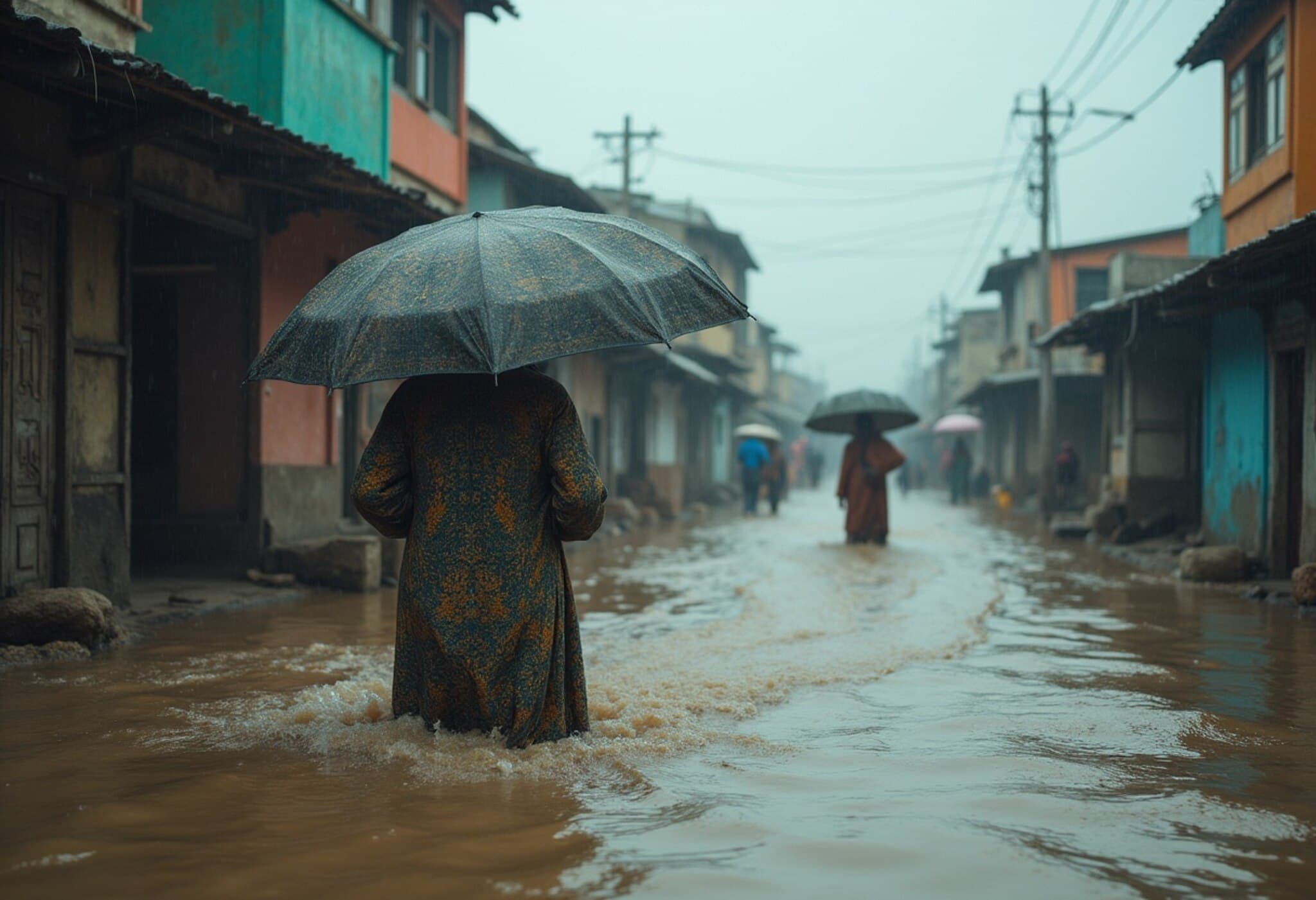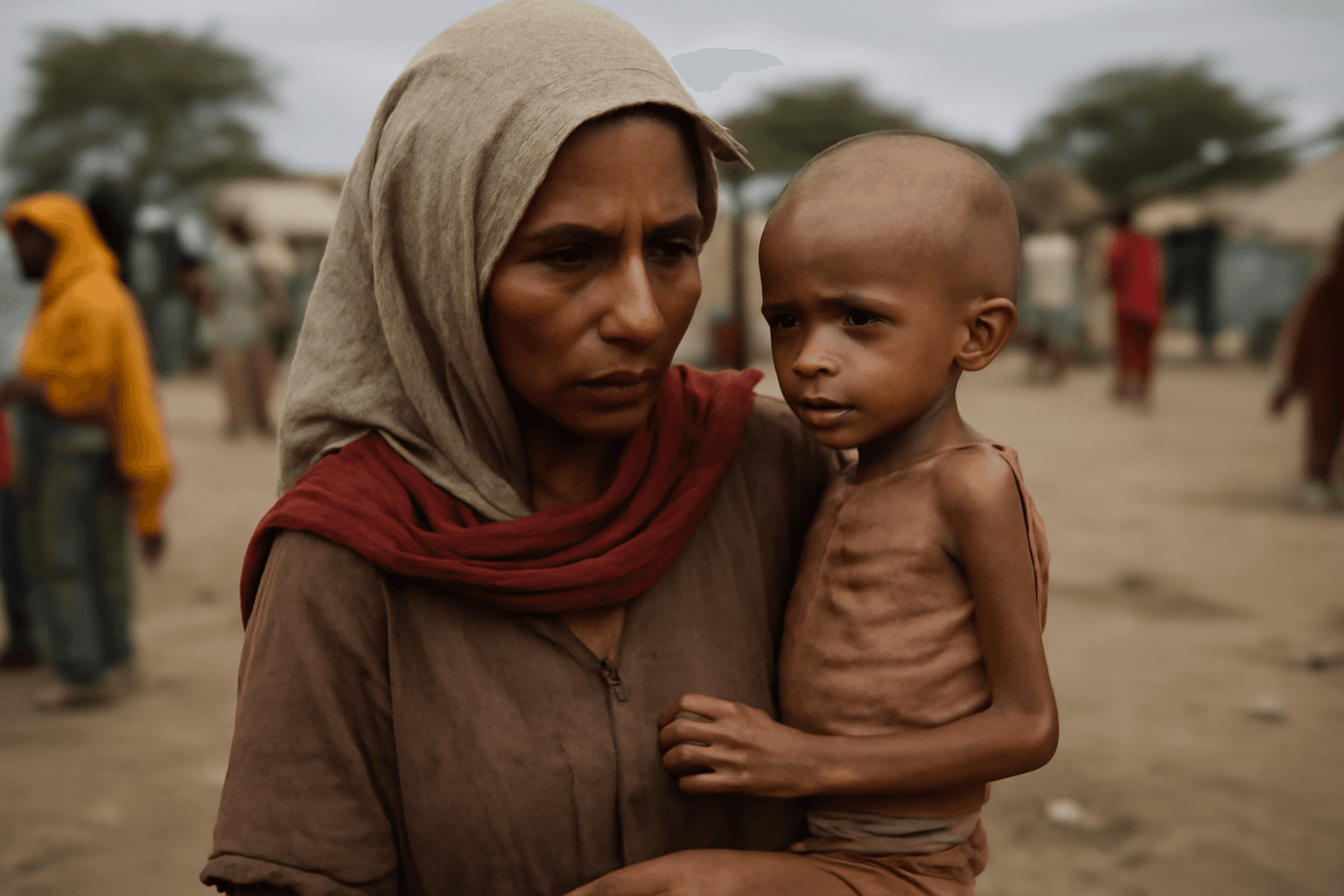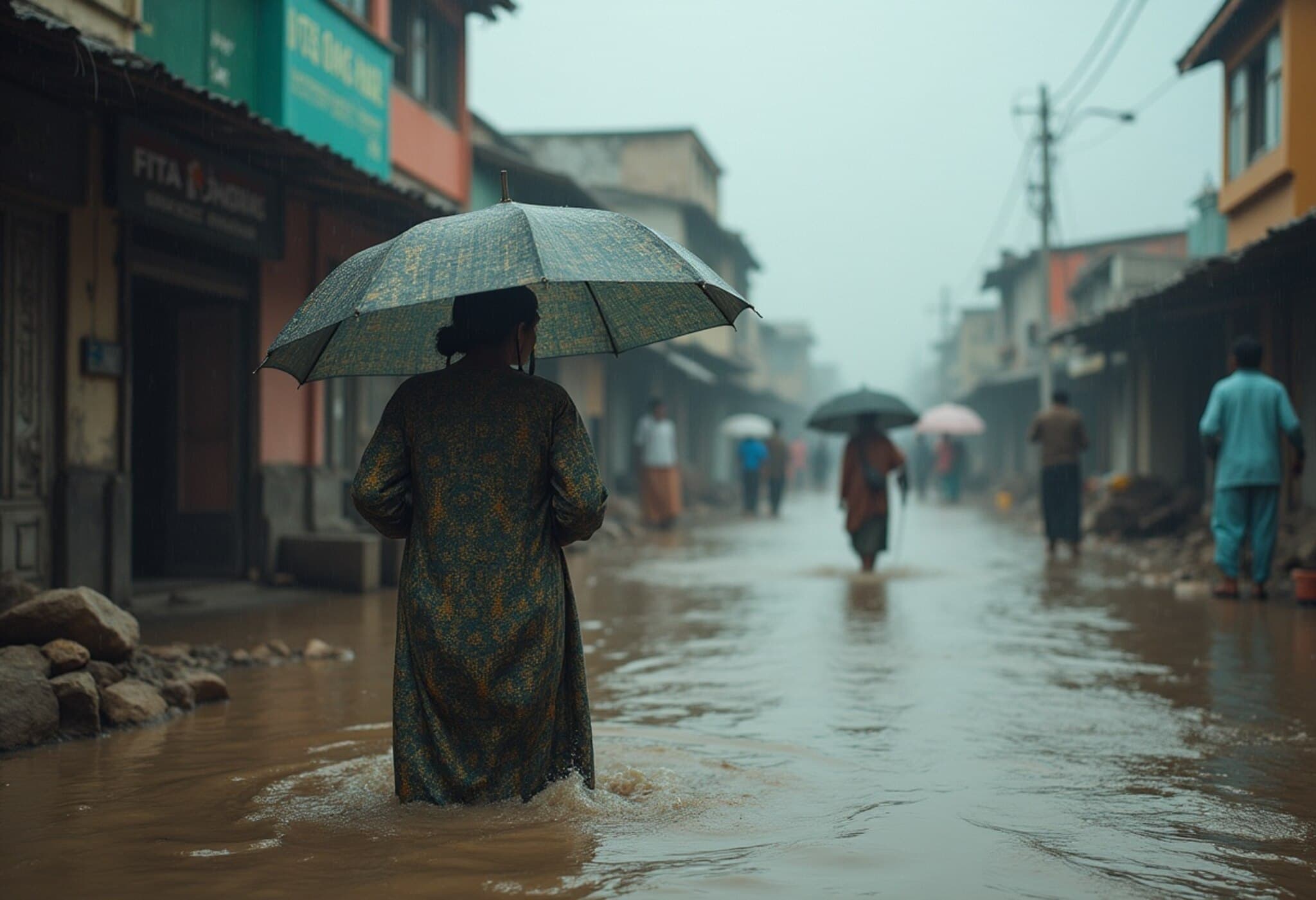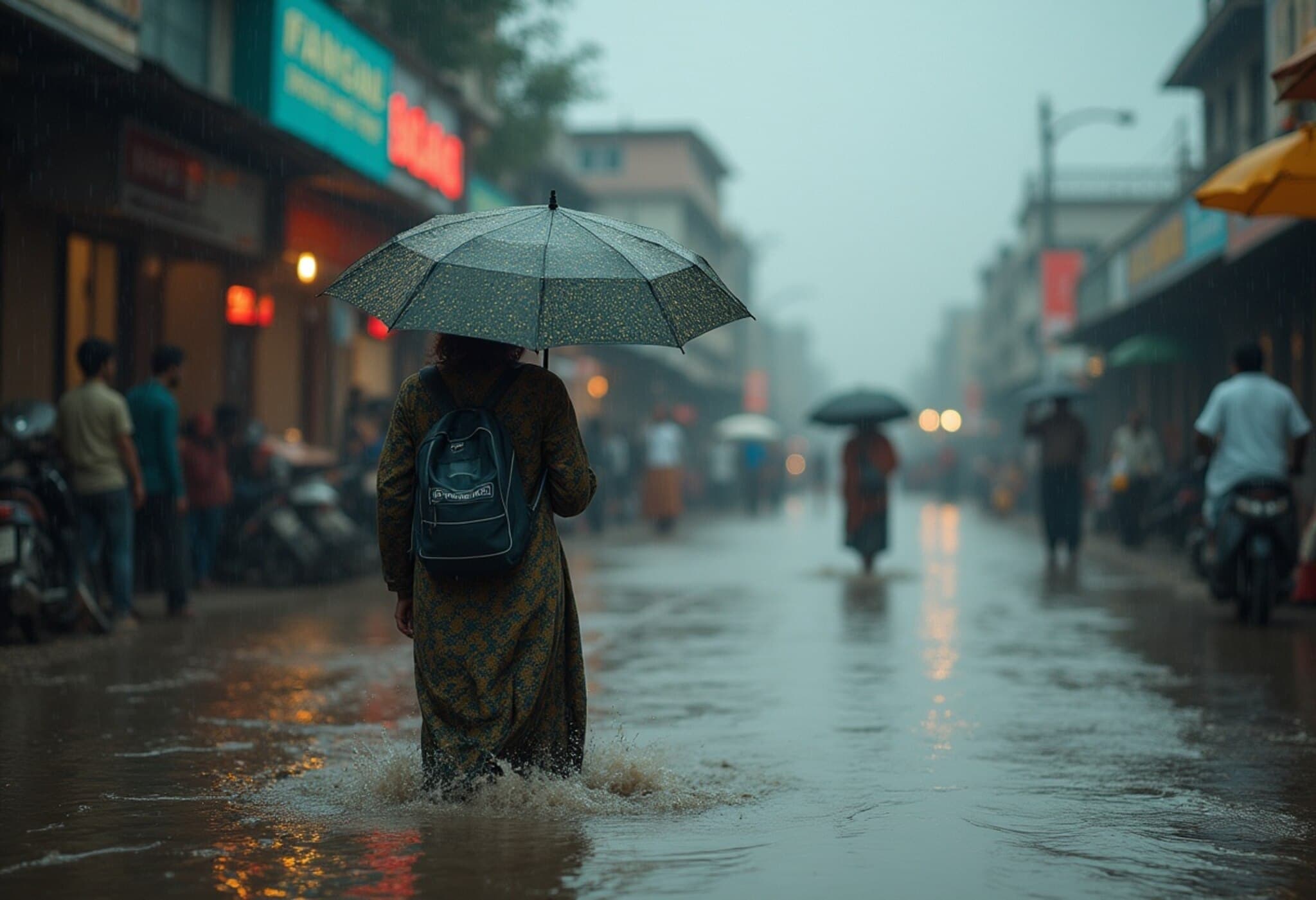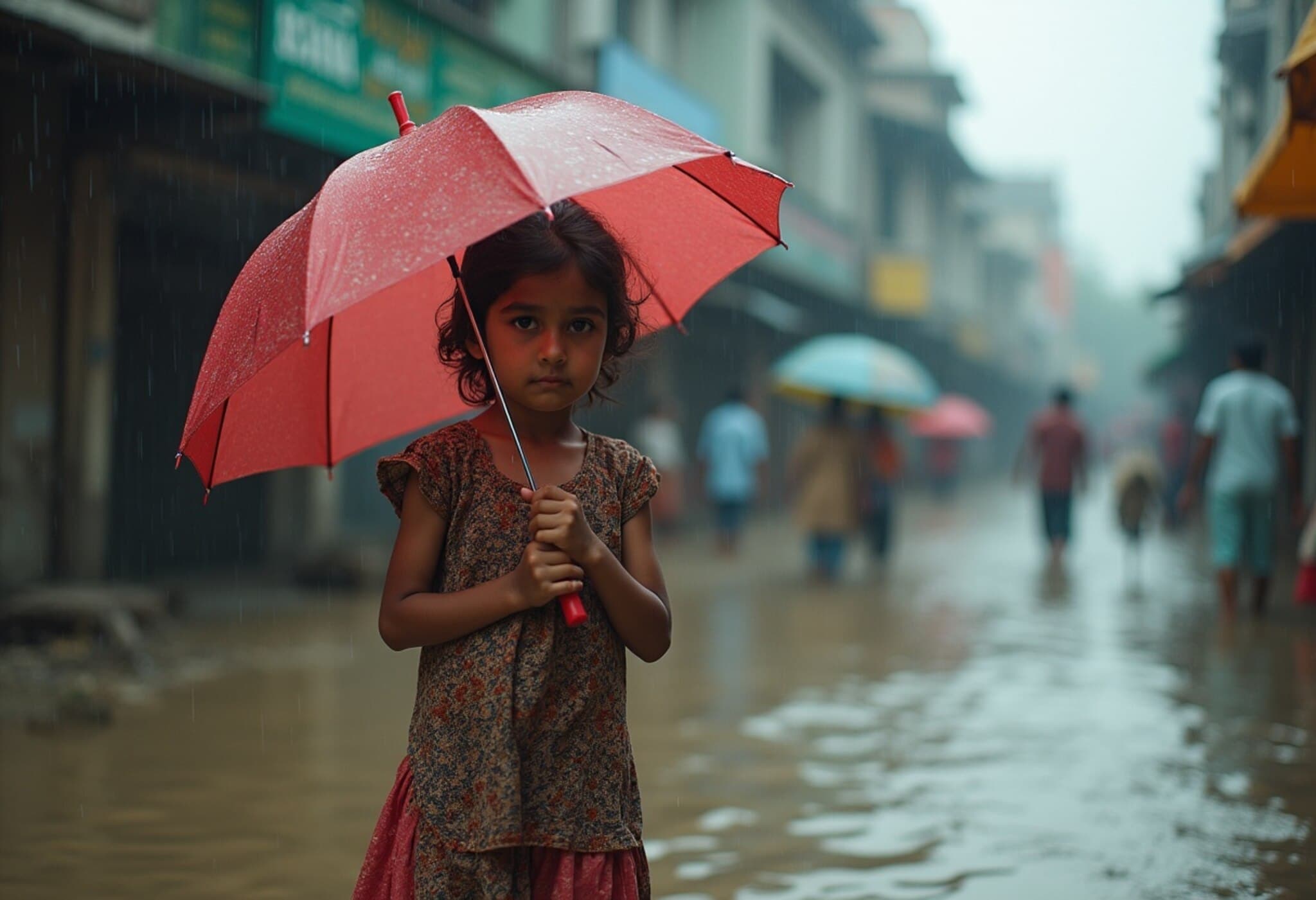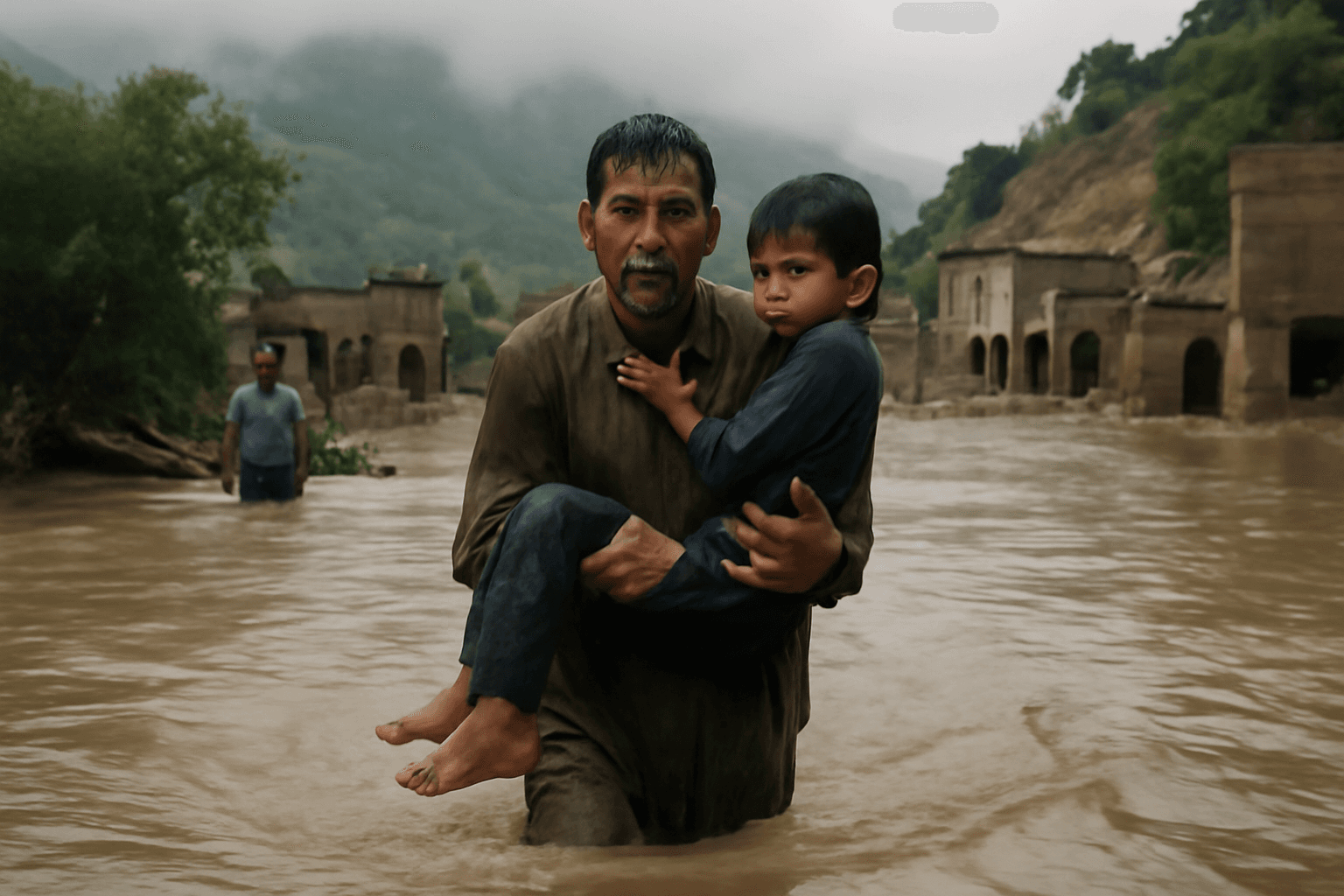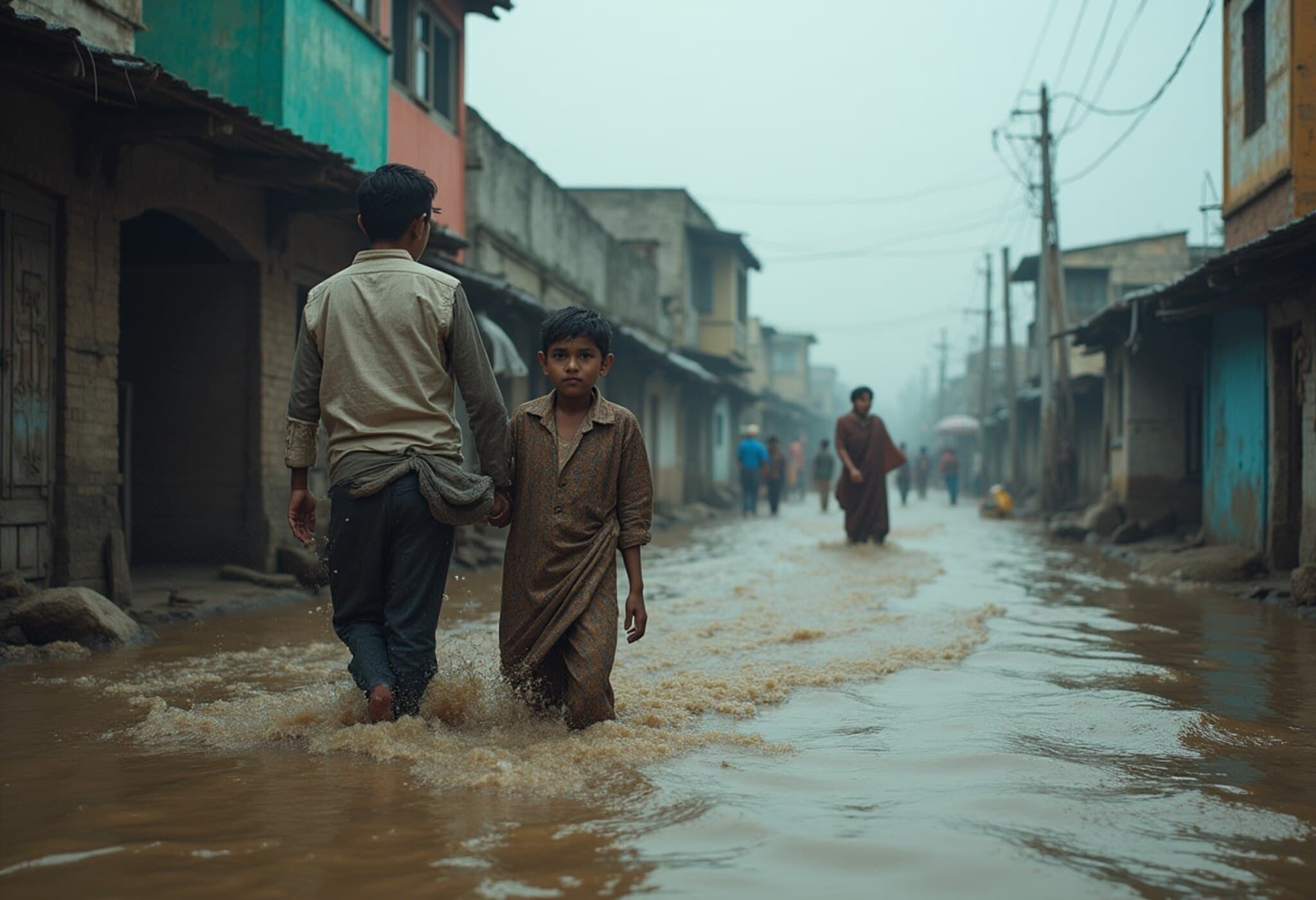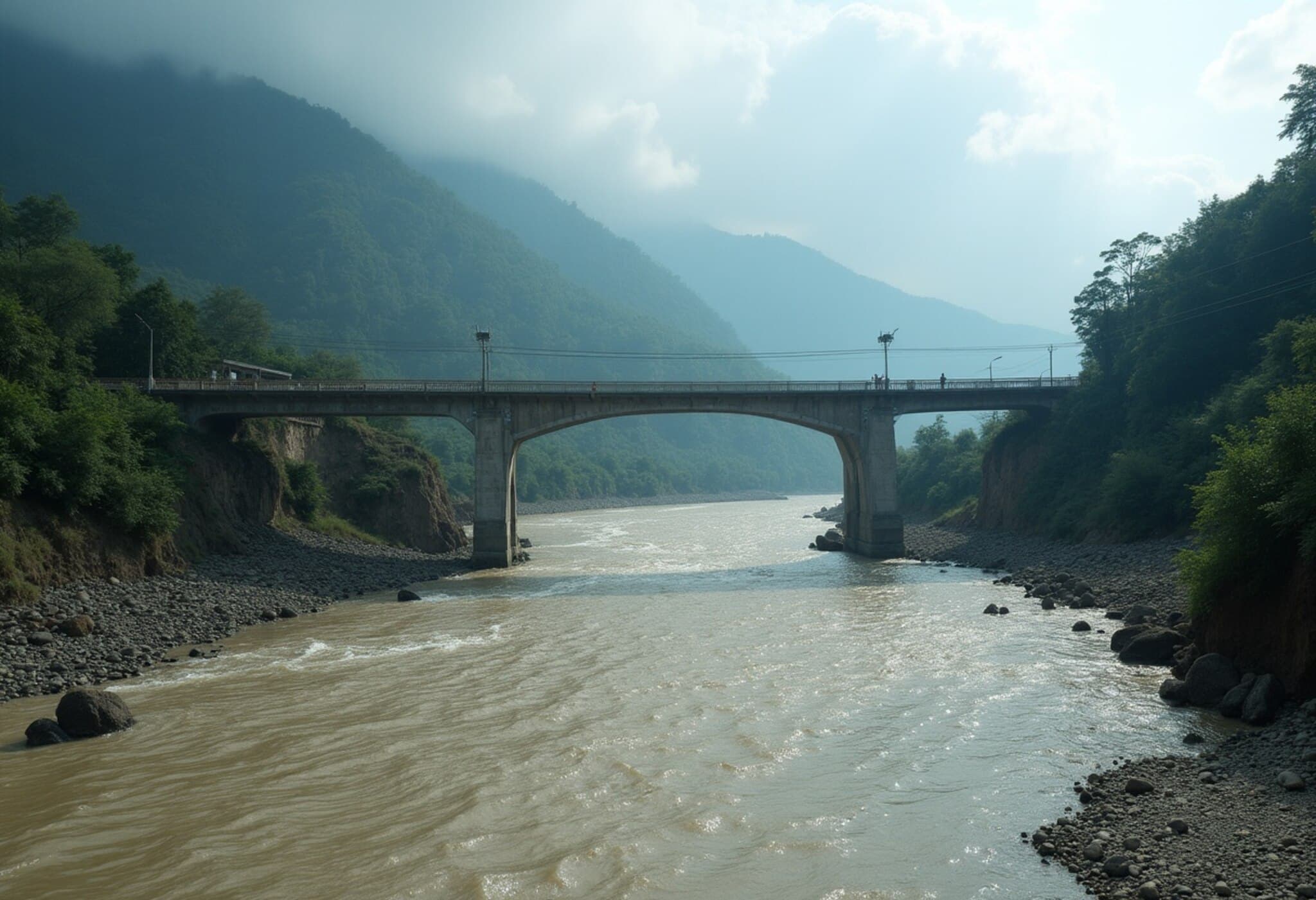Devastating Monsoon Rains Leave Punjab Reeling
In a grim reminder of nature’s fury, Pakistan’s Punjab province has been battered by relentless monsoon rains over the past six weeks, resulting in the tragic loss of more than 120 lives and the displacement of thousands. Both rural farmlands and urban neighborhoods are submerged, as floods continue to wreak havoc across the region.
Authorities warn the deluge will persist at least until August 27, prolonging the crisis and compounding challenges in relief efforts.
Widespread Impact Across Regions and Communities
The Provincial Disaster Management Authority (PDMA) has raised alarms about severely elevated risks of riverine flooding, urban waterlogging, and swift flash floods, especially in Punjab’s vulnerable low-lying zones.
To put the human toll in perspective, nationwide monsoon-related casualties now exceed 700 deaths, with nearly 1,000 injuries reported. Tragically, many victims are women and children, underscoring the humanitarian dimensions of the catastrophe.
Destruction Across Homes and Agriculture
- At least 123 houses have been completely destroyed in Punjab, ravaging the homes of countless families.
- Another large number have suffered partial damage, pushing thousands into temporary shelters or emergency camps.
- More than 2,000 families are currently living in flood relief camps, receiving urgent support for shelter, food, and healthcare.
A particularly distressing fallout is seen in the agricultural sector, where vast tracts of standing crops have been submerged, thereby imperiling farmers’ livelihoods and threatening food security. The financial ramifications here will likely reverberate through local economies for months to come.
Rivers Swell to Dangerous Levels
The PDMA reports critical water levels at major river points:
- The Sutlej River at Ganda Singh Wala remains dangerously high.
- The Chenab River is rapidly rising, placing districts like Sialkot, Gujrat, and Narowal on alert.
- At the Indus River, the Tarbela reservoir is at near capacity, forcing officials to consider water releases that could worsen downstream flooding.
Government and Relief Efforts Mobilize
In response to the mounting crisis, Punjab’s Relief Commissioner and the PDMA Director General have declared a state of heightened alert, tasking all related departments with urgent action and vigilance.
Multiple government agencies, including WASA, Rescue 1122, and local administrations, coordinate relief and rescue operations. Additionally, health, irrigation, agriculture, and transport departments have been called into action.
Resources such as personnel and heavy equipment are being strategically deployed to flood-prone and urban drainage areas to mitigate the impact. Meanwhile, flood relief camps continue to act as critical lifelines for displaced populations.
Expert Insight: The Growing Challenge of Monsoon Flooding
Pakistan's monsoon flooding is part of an increasingly volatile climate pattern, exacerbated by rapid urbanization and deforestation, which hinder natural water absorption. Experts warn that without substantial investment in resilient infrastructure and better emergency preparedness, future monsoon seasons may become even more devastating.
From a policy perspective, this disaster highlights the urgent need to integrate climate adaptation strategies into Pakistan’s development agenda, with a focus on protecting vulnerable populations.
What Lies Ahead?
As the rains continue, the immediate priority remains safeguarding lives, restoring critical services, and supporting recovery for displaced families. Equally important is the need for long-term planning to reduce flood risks and improve disaster response systems.
Editor’s Note
Punjab's current monsoon crisis is a stark illustration of how climate extremes increasingly intersect with human vulnerability. While emergency responses are underway, this tragedy also prompts a vital question for policymakers and citizens alike: How can we build more resilient communities that not only survive but thrive in the face of worsening climatic threats? The story unfolding in Pakistan’s flood-affected regions is a call to action — one that demands sustained attention beyond the headlines.

